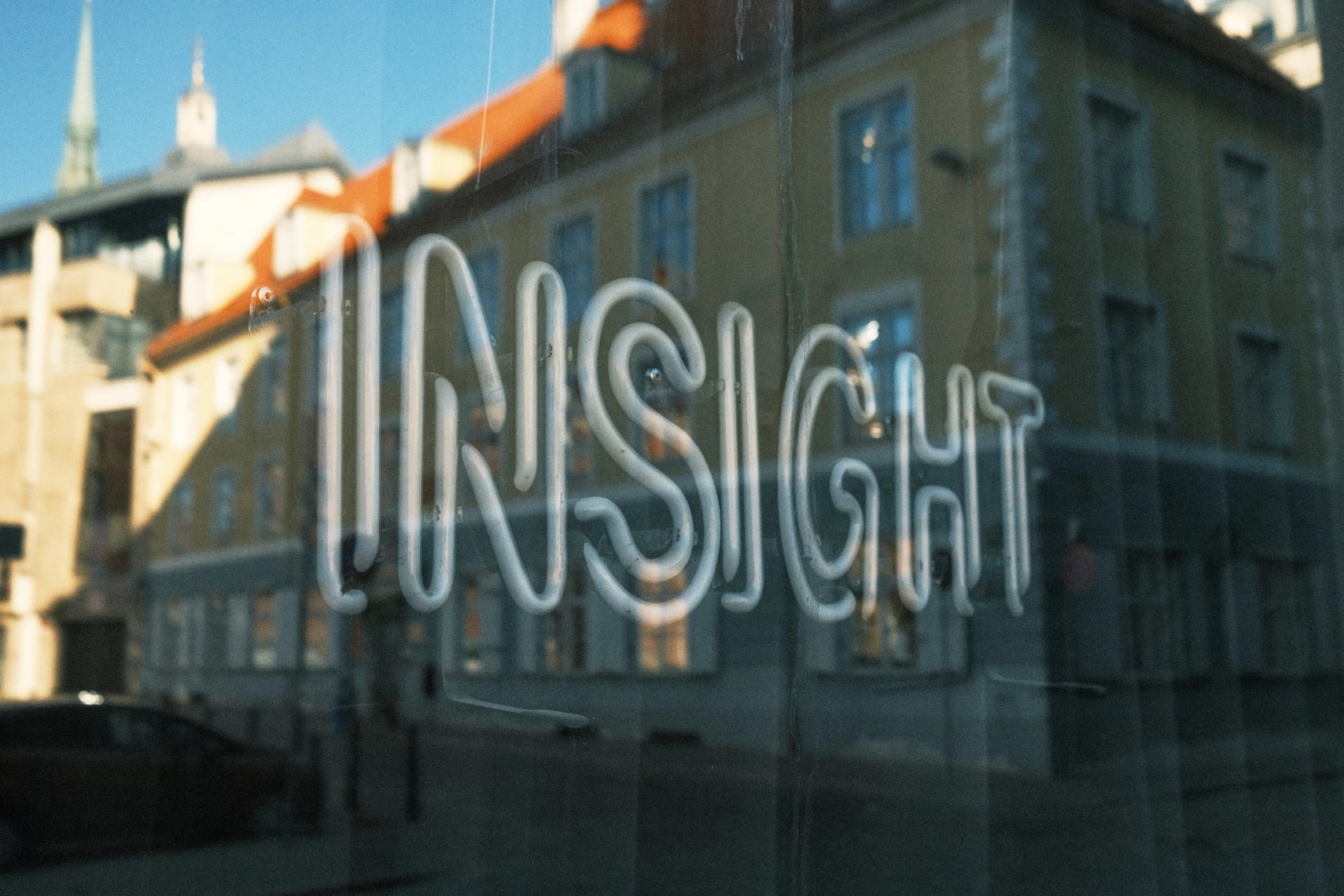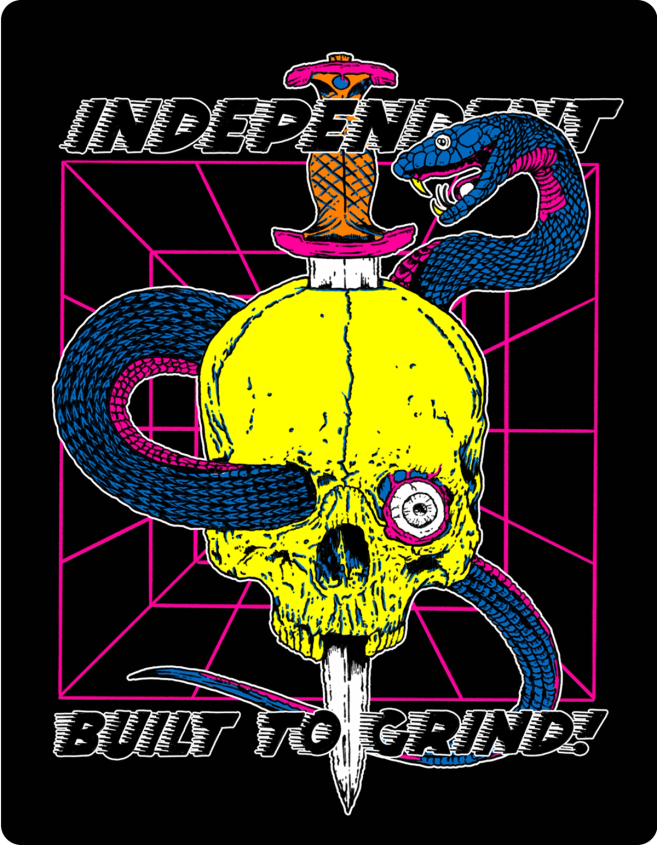Building Brands That Evolve: Why Adaptability Beats Consistenc

Stian Ward Bugten
Head of Creative | Partner and Owner
Date
2. oktober 2025
Date
2. oktober 2025

In a world where change is the only constant, the strongest brands are not the ones that stay the same — but the ones that know when to evolve. While consistency has long been the golden rule of branding, today’s most relevant brands are those that know when to bend, adapt, and rethink. Because audiences change. Contexts shift. Culture moves on. And your brand must, too.
At Nonspace, we believe the future belongs to brands that are built for evolution.
1. Why Consistency Still Matters
Let’s be clear: consistency still plays a vital role. It builds recognition, trust, and a sense of reliability. Research shows that brands with consistent presentation see up to 33% more revenue growth than those that don’t. Look at Coca-Cola, Apple, or Starbucks — each has a distinctive tone, visual language, and user experience that reinforces their identity across every channel.
But consistency is a tool — not a rule. And when used too rigidly, it can become a constraint.
Lorem ipsum dolor sit amet, consectetur adipiscing elit, sed do eiusmod tempor incididunt ut labore et dolore magna aliqua. Ut enim ad minim veniam, quis nostrud exercitation ullamco laboris nisi ut aliquip ex ea commodo consequat.
Lorem ipsum, CEO, Lorem Ipsum2. When Consistency Becomes a Constraint
What happens when the world changes, but your brand doesn’t?
Sticking too closely to what “worked before” can make your brand feel out of touch. Netflix famously shifted from DVD rentals to a streaming platform, fundamentally transforming their business without losing their essence. They kept the spirit, but changed the form.
Others haven’t been so lucky. Gillette, once seen as the definition of masculinity, struggled when their tone clashed with evolving cultural expectations. In these moments, consistency can actually damage credibility — creating dissonance between who you say you are, and what the world sees.
3. Dynamic Branding: A Better Way Forward
Enter: dynamic branding. It’s not about abandoning consistency — it’s about applying it intelligently. Think of your brand as a system, not a style guide. The core identity stays true, while expressions flex to fit the moment, the medium, and the audience.
Nike is a masterclass in this approach. From reimagining their swoosh to spotlighting different voices in culture, their brand is instantly recognizable — yet always fresh. Starbucks personalizes its app experience based on user behavior, proving that even consistency can be dynamic when grounded in user insight.
Dynamic branding isn’t chaotic — it’s intentional. It’s the difference between being rigid and being resilient.
4. Balancing Core vs Playground Identity
The key to successful brand evolution lies in knowing what to protect — and what to play with.
We like to think of this as the Core vs Playground model:
- Core: Your brand’s essence — purpose, values, tone, and long-term positioning. These rarely change.
- Playground: Your expressions — visuals, language, activations, and formats. These are flexible and responsive.
By clearly separating the two, you give your brand space to move — without losing coherence.
Strategic ways to support this:
- Anchor everything in your brand’s foundational principles.
- Maintain recognizable elements across channels: color, type, tone.
- Run pilot campaigns, track responses, and scale what works.
- Conduct regular brand audits to assess perception vs. intention.
A dynamic brand doesn’t just keep up. It gets ahead.
5. Real-World Illustrations
Here are a few standout brands that have mastered the art of evolution:
- Starbucks: Once a coffee seller, now a global experience platform. They’ve kept their human-centered approach while evolving their app, stores, and visuals to meet changing needs.
- Nike: Their “So Win” campaign spotlighted women athletes and cultural issues, showing how evolution can reinforce a brand’s deeper purpose.
- Burger King: Their recent visual refresh added inclusivity without losing their iconic identity — an example of bold evolution grounded in brand truth.
6. Future-Proof is Built-In
The best brands aren’t stuck in the past — they’re shaped by the future. At Nonspace, we help ambitious companies navigate uncertainty, make smart creative leaps, and build resilient brand systems.
So if you’ve been holding onto consistency for comfort — it might be time to rethink what your brand is truly made of.
Let’s build brands that don’t just survive change — but lead it.
Want to learn more?
Contact us to learn more about dynamic branding



